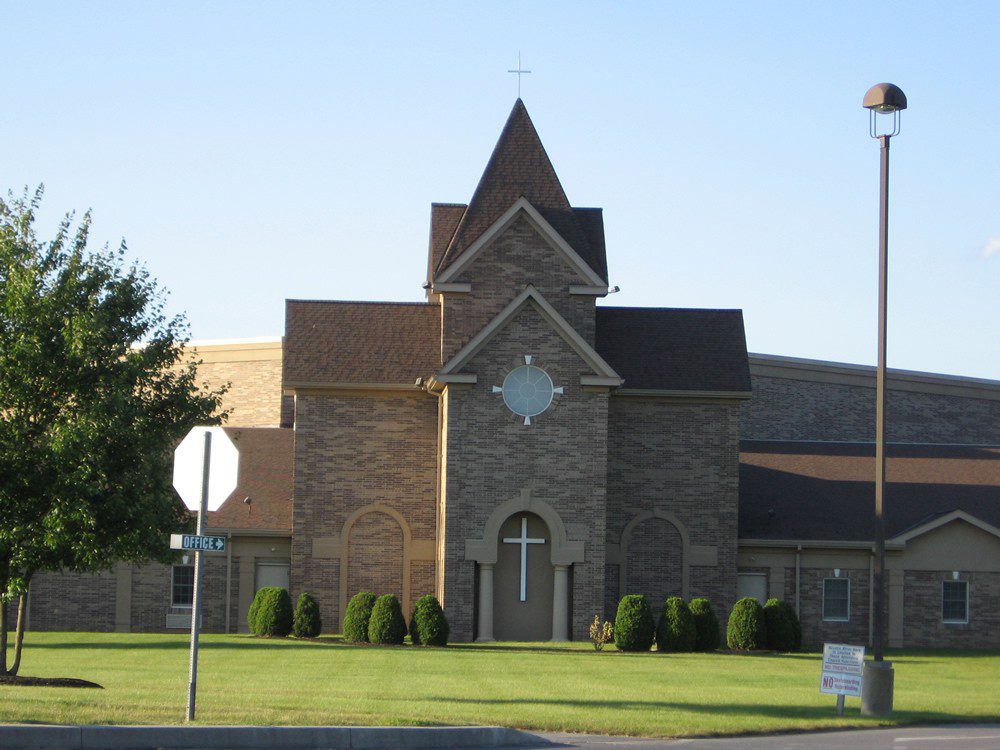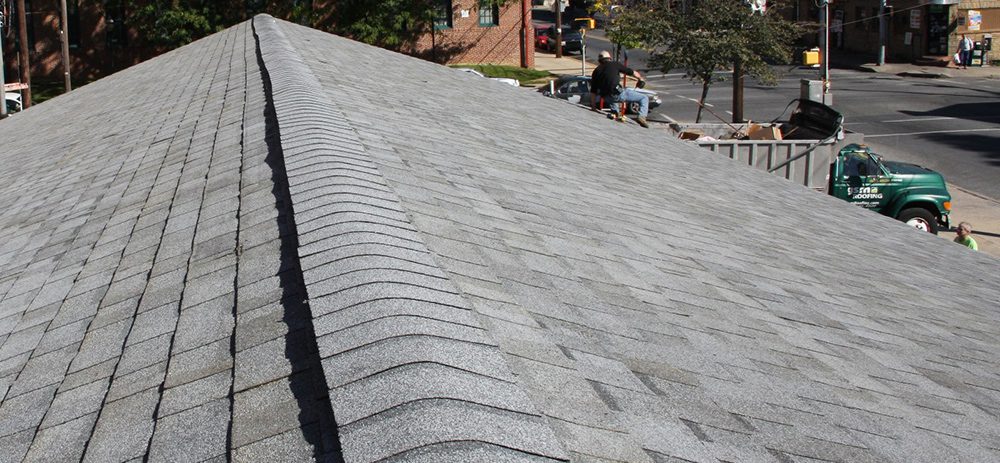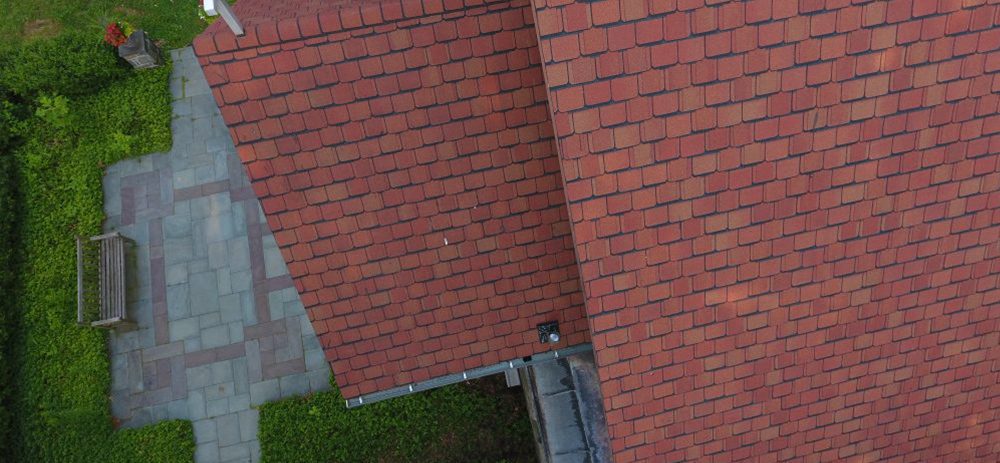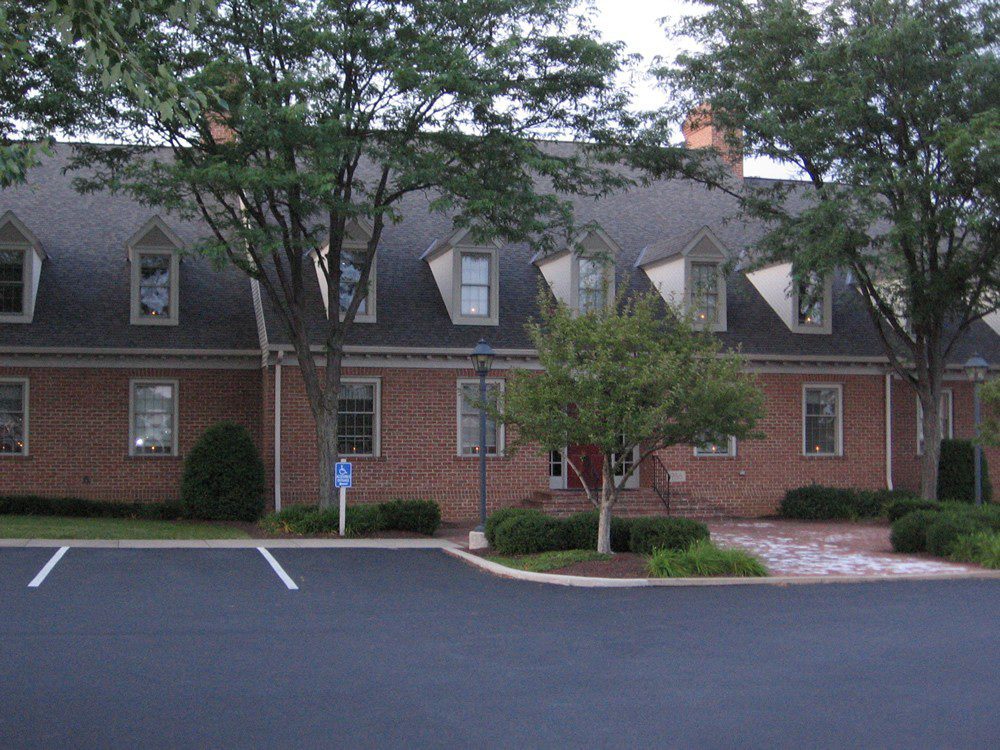Shingle Roof FAQ
How Long will a Commercial Shingle Roof Last?
While manufacturers provide lifespan estimates — typically ranging from 20 to 30 years for high-quality architectural shingles — the actual service life of a commercial shingle roof is not a fixed number. It is a dynamic outcome determined by the interplay of four critical, interconnected factors: the quality of the materials used, the excellence of the initial installation, the specific challenges of the local climate, and the rigor of the ongoing maintenance program.
How do Shingles Hold up against Heavy Rain, Wind, and Snow?
Modern asphalt shingle roofing systems are engineered to provide robust protection against a variety of weather conditions, but their performance depends heavily on the quality of the materials chosen and the precision of the installation.
Asphalt shingles are designed to handle tough weather. They shed heavy rain effectively, especially when installed with proper flashing around chimneys, vents, and valleys. High-quality architectural shingles also stand up well to strong winds — many are rated for gusts up to 130 mph — making them a durable choice for long-term protection.
In snowy areas, the bigger concerns are ice dams and freeze-thaw cycles, which can cause water to back up under shingles or weaken them over time. That’s why proper installation, insulation, and ventilation are key.
What Factors Determine the Cost of a New Commercial Shingle Roof?
A professional and transparent estimate from a reputable contractor will provide a detailed breakdown of the key factors, moving beyond a simple price-per-square-foot to give a complete and accurate picture of the project investment. These key variables include:
- Roof size and complexity
- Material selection
- Condition of the existing roof and decking
- Accessibility and site logistics
- Permits, codes, and warranty level
Can a Shingle Roof Help Lower My Building’s Energy Costs?
Yes, a modern shingle roofing system can make a significant and measurable contribution to reducing a commercial building’s energy consumption and lowering utility costs. However, achieving these savings requires a holistic, system-based approach. The benefits are derived from the combined performance of three key components
- Reflective shingle technology
- Proper attic or plenum ventilation
- Adequate insulation






